Hi hivers, here is another post you won't like to miss from @sirpee6. Just as humans eat(feed) for them to be able to carry out life processes, so also is plants which are also living things.
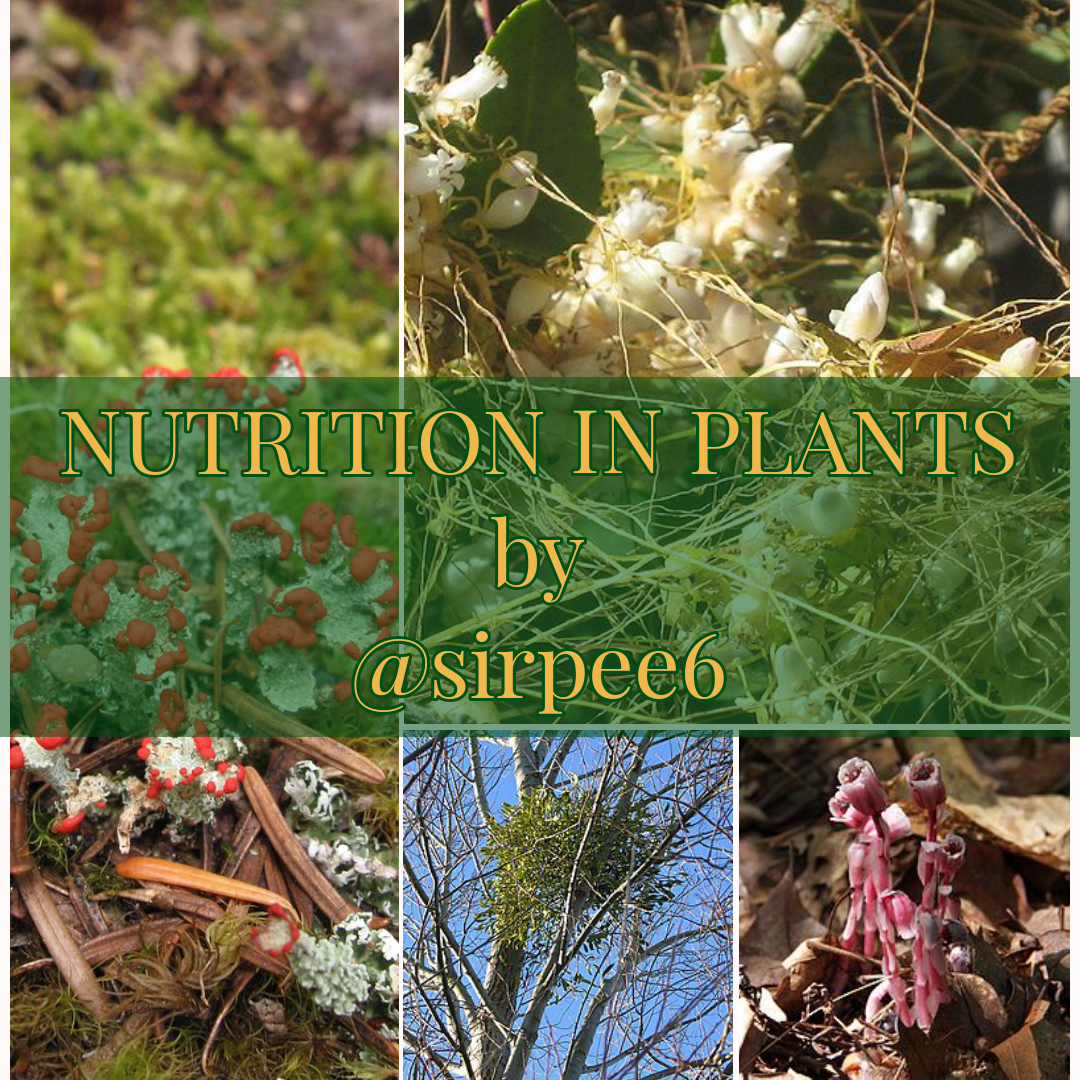
The organic process by which an organism assimilates food and uses it for growth and maintenance is known as nutrition. All living organism need food, which is used as a source of energy, and materials for the processes of life, such as growth.
SOURCES OF METABOLISM
Two series of chemical changes takes place simultaneously in a plant cell, one leading finally to the construction or building–up of the protoplasm, and the other to its decomposition or breakdown. These two processes, which are constructive on one and destructive on the other, are together known as metabolism. Metabolism takes place only in the living cells.
Metabolism is of two types. They are:
- Anabolism: These are the processes that lead to the construction of various food materials, other organic compounds and finally, of protoplasm.
The main anabolic of constructive changes are;
i) Formation of sugar and other carbohydrates.
ii) Formation of protein and
iii) Formation of fats and oils.
By anabolism, a considerable amount of potential energy is stored in this substances for future use by the protoplasm. - Catabolism: This is the process by which complex food substances are gradually broken down into simpler products e.g. carbohydrates into glucose, proteins into amines and amino acids, and fats and oils into fatty acids and glycerine.
The main catabolic processes are digestion, respiration and fermentation. Catabolism leads to the formation of many other substances, such as, enzymes, vitamins, hormones, cellulose, nectar, vegetable (organic) acids, aromatic compounds, anthocyanins, lignins, cutins, tannins, essential oils, gums, resins etc.
UPTAKE OF NUTRIENTS
Aquatic plants take up nutrients over their entire surfaces, whereas, terrestrial species acquire their minerals substances via a root system specialized for this function. Small amount of nutrients or minerals can also enter through the surface of a shoot for example, in warm humid region leaf take up nitrogen excreted by nitrogen fixing bacteria and cyanobacteria adhering to their surface. In the same way dry and wet air pollutants setting on the leaf surface, sprayed chemical such as fertilizer or pesticide also enter the plant via the epidermis.
UPTAKE OF NUTRIENTS FROM THE SOIL
Absorption of nutrient ions from soil solution: these ions are available directly but their concentrations in the soil are very low. The movement of nutrients from the soil to the roots hair of plant takes place through the processes of active and passive absorption.
Passive and active absorption of salts are distinguished from each other according to their dependence on non-metabolic energy and metabolic energy, respectively. One speaks of passive or non-metabolic absorption when the forces driving the salt through the membrane originate from the environment of the cell i.e these forces are physical and the non-metabolic. One speaks of active metabolic absorption when it is dependent on metabolic energy (particularly respiration) within it. The interaction between the soil and its environment is essential to maintain a certain concentration within the cell in order to sustain life.
By passive transport and exchange of ions takes place between the external solution and the cell. By active transport which is slow but steady, ions are brought into the inner or central plasma, i.e. from the region of lower concentration to that of higher concentration. Active transport is closely connected with metabolic energy in the form of ATP energy (rich phosphate compound) formed in the living cell. The chemical energy required for active transport of ions is believed to be supplied by ATP.
TRANSLOCATION OF FOOD
A food material is mostly prepared in the leaves. From there, it is translocated to the storage organs and growing regions, which are often considerably far from the leaves.
There are definite and distinct channels extending through the whole length of plant body for the translocation of raw food materials. The food materials prepared in the leaves is first rendered soluble and diffusible by enzymic action –carbohydrates are converted into sugars and proteins into amino-acids and amines. Once in the storage organs, the sugars are mostly reconverted into insoluble starch, and amino-acids and amimes into different kinds of insoluble proteins.
PATHWAY OF TRANSLOCATION
Several scientists have shown through “ringing” or “girdling” experiment that the food materials mainly moves through the phloem (sieve-tubes and companion cells) . Carbohydrates and protein travels in the form of sugars (predominantly cane-sugar) and amines and amino-acids respectively. Translocation is trough the sieve-tubes, and to some extent, trough the companion cells and phloem parenchyma. All the elements of phloem are living.
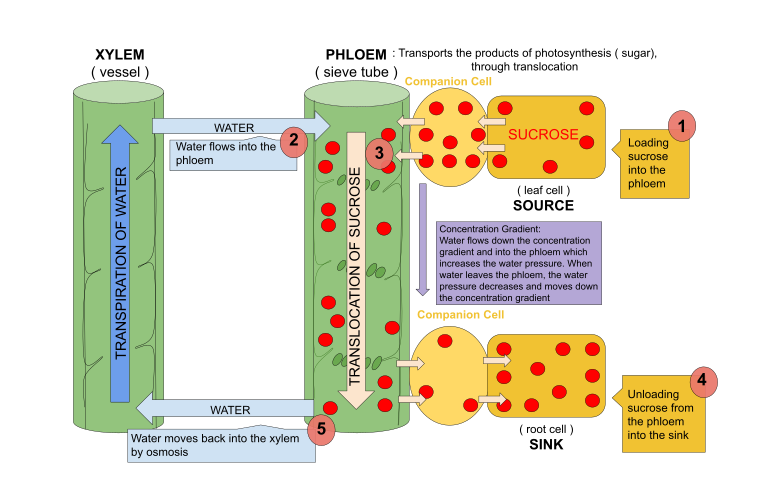
INORGANIC NUTRITION
Many plants, especially legumes, establish mutually beneficial symbiosis with nitrogen-fixing bacteria .The bacteria convert atmospheric nitrogen to ammonia, which the plant uses for growth. In return, the bacteria receive sugars from the host plant.
Soil is made up of sand, clay and silt particles. Soil also contains air, water, organism, and the decomposing bodies of these organisms which make up humus. The content of the soil determine how well plant grow. Plant requires at least 16 essentials element that are necessary for normal growth and reproduction, which cannot be substituted for, and directly or indirectly affect metabolism.
Carbon, hydrogen, oxygen, phosphorus, potassium, nitrogen, sulphur, calcium and magnesium are required in relatively large amounts and are called macronutrients. Iron, copper, chlorine, manganese, boron, zinc and molybdenum are required in relatively small amounts and are called micronutrients. Macronutrients and micronutrients function as parts of structural units, part of compounds involves in metabolism, and activator and inhibitors of enzymes. Most essential elements absorbed by roots. This absorption is facilitated by the large surface area of roots.
ORGANIC NUTRITION
Green plants are autotrophic (auto, self; trophie, food) or self nourishing, that is, they are able to manufacture carbohydrates from raw or inorganic materials and nourish themselves. Non-green plants, on the other hand, are heterotrophic (heteros, different). Such plant cannot prepare carbohydrates and nourish themselves. They get their supply of carbohydrates food from various sources. They can however, prepare other kinds of food. Heterotrophic plants are parasites when they depend on other living plants or animals, and saprophytes when they depend on the organic material present in the soil or in the dead bodies of plants and animals.
PARASITES: Total parasites such as dodder (Cuscuta), broomrape (Orobanche), etc, are never green and consequently they cannot prepare their own food. They draw all their nourishment from the host plant on which they are parasitic.
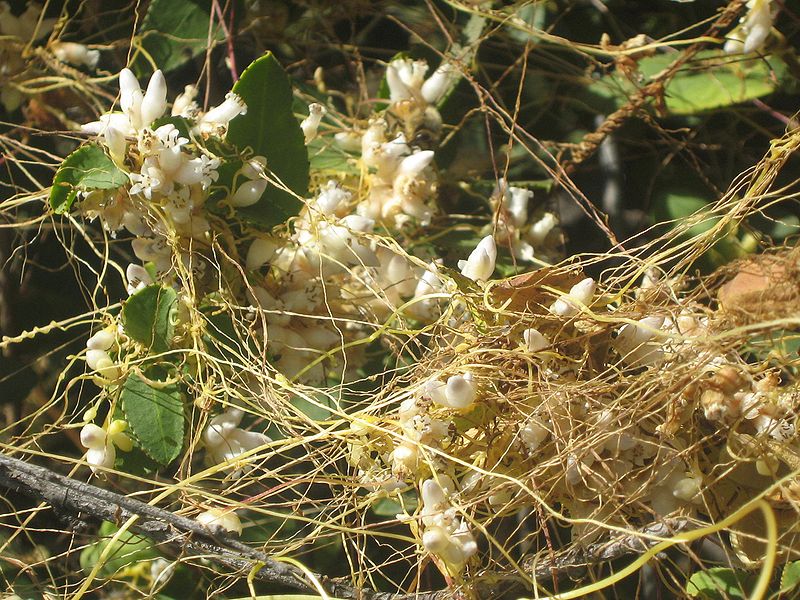
Cuscuta chilensis: Sourced from Wikimedia
Partial parasites like mistletoe (Viscum), Loranthus, Lassytha etc, on the other hand, are green and, therefore, not entirely dependent on the host plant.
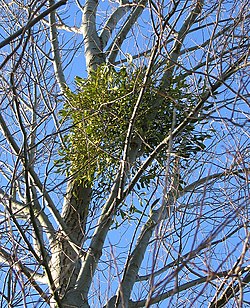
Mistletoe: Sourced from Wikimedia
Parasitic phanerogams develop haustoria or sucking roots which go into the vascular bundles of host plant and absorb its prepared food material and water.SAPROPHYTES: Saprophytic phanerogams, such as Indian pipe (Monotropa), some orchids, saprophytic fungi and saprophytic bacteria, grow on decaying animal or vegetable matter and absorb the organic food from it.
Monotropa uniflora: Sourced from Wikimedia SYMBIONTS: Two organisms that live in close association and are for mutual benefit to each other are called symbionts. This condition is known as symbiosis. Lichen, mycorrhiza, etc are examples.
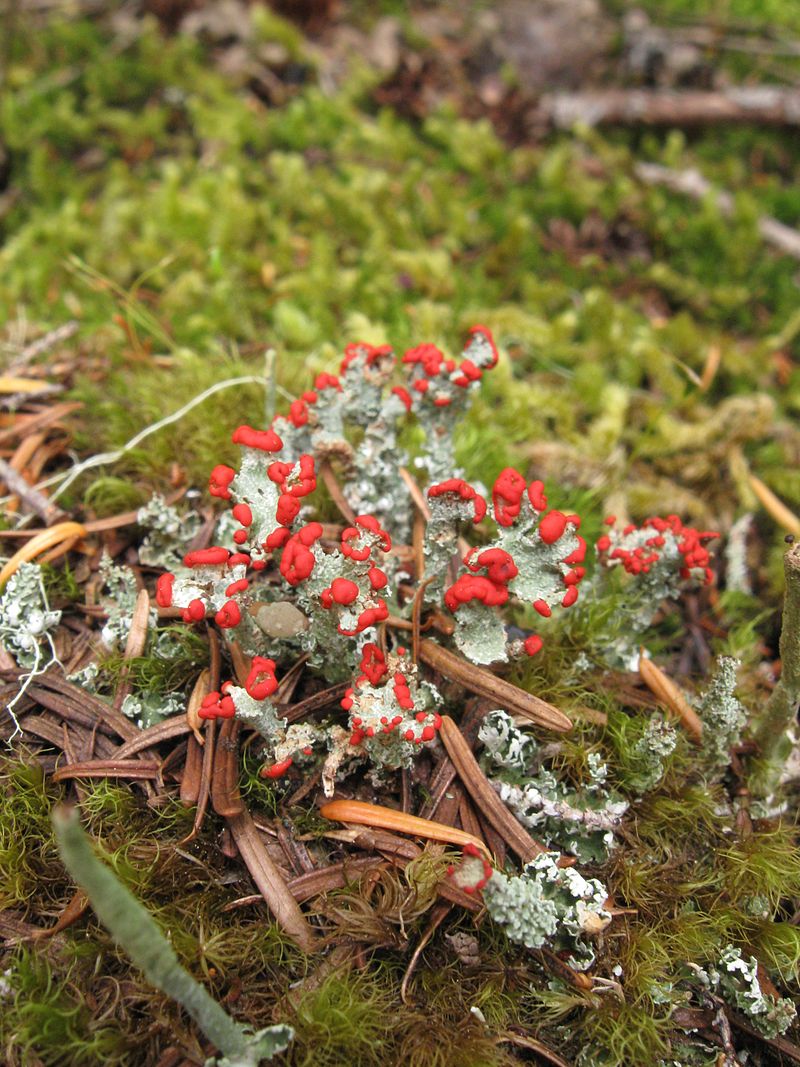
Cladonia macilenta CARNIVOROUS PLANTS: These plants are known to capture lower animals of various kinds, particularly insects. They digest the prey and absorb the nitrogenous products (proteins) from its body. Being green, they can manufacture their own carbohydrate food. Examples of such plant are sundew (Drosera), Butterwort (Pinguicula), Venus’ flytrap (Dionae muscipula) etc.
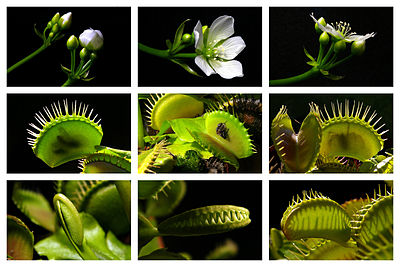
Dionae muscipula CONCLUSION
Mode of feeding is not the same for all plants but vary from plant-to-plant. Some plants get nutrients directly from the soil while other plants feed on them (parasitic plants). Any mode of feeding exhibited by plant is a means of survival so as not to be starved to death.
Reference
Carnivorous plants
Metabolism
Parasitic plants
Saprophytic Nutrition
Symbiosis
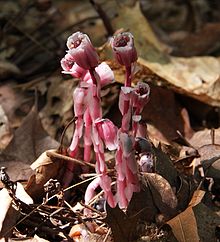
Thanks for your contribution to the STEMsocial community. Feel free to join us on discord to get to know the rest of us!
Please consider supporting our funding proposal, approving our witness (@stem.witness) or delegating to the @stemsocial account (for some ROI).
Please consider using the STEMsocial app app and including @stemsocial as a beneficiary to get a stronger support.